Winter is coming, actually I think it is here. I should know I live in the UK where is gets light at 8am and gets dark at 3.30pm during late December and in the day the typical temperature is 5degC /41F!
If you have been training in the last year, then it is important to approach the winter in the right way. Get this wrong and you are going to feel slow and lethargic on the bike in the spring to the extent your seriously contemplate giving up cycling altogether. So let’s get this winter’s training sorted, and actually there is no reason to finish the winter strong and motivated for the new season. Here are my essential tips on how to approach winter training.
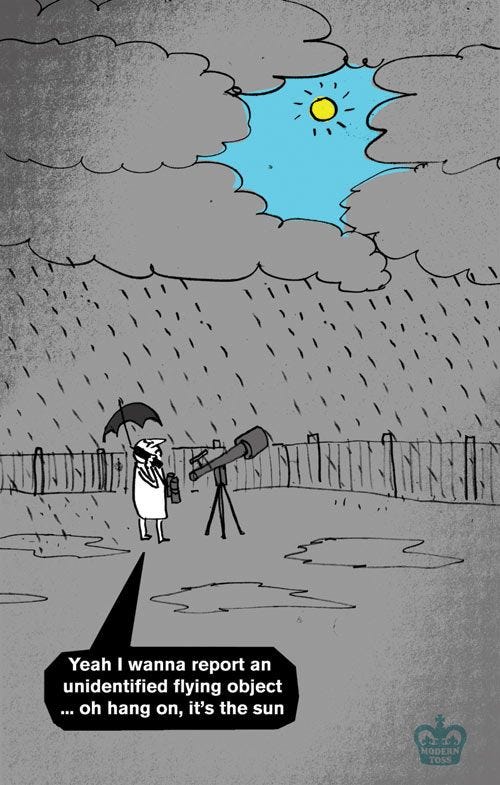
1. Have small break
You have done a lot of hard work, so there is no reason you cannot have a break. You could take as much as a week off without exercise and you will make any losses back easily. However don’t take the whole season without exercise. This was done, back in the 70s, but was always a mistake.
The aim of winter training is three fold, keep these in mind:
consolidating previous gains
avoiding losses
regaining freshness and motivation
2. Watch your waistline
It’s natural you might eat a little more over the winter, but eating more and exercising less only end up in one place: on your waistline (actually in subcutaneous fat and visceral fat too!). Even Pros gain weight in the Winter but Jan Ullrich was infamous for letting himself go during the winter. His racing weight was 158 pounds, but he would routinely show up for his team’s first training camp of the year at 180 pounds. Some say he would have beaten Armstrong and the Tour if he had taken better care of himself during the off-season.
Matt Fitzgerald (link) suggests keeping within 8 percent of your optimal performance weight. So if your optimal performance weight is 162 pounds, you should avoid gaining more than 13 pounds during the off-season. A good alternative is don’t let your waist size go up more than 2cm / 1 inch over the winter!
3. Add Something New
In my opinion, it is best to add something new over the winter, whether that’s gym work / running / skiing / rowing / swimming or an alternative cycling discipline like MTB or gravel or cyclocross. (Just to be clear I don’t mean give up cycling altogether, I mean cut back and make room for something new). It doesn’t have to be competitive but these will keep you fit whilst giving you body and mind a break from normal road cycling. It also good for your body, imagine the stress on particular joints through the season. And there is the effect on your skeleton which, in many cyclists, is prone to osteopenia and osteoporosis. You can offset this, by changing your activity in the winter to something that works the upper body in particular….and no I am not talking about moving your arm to get snacks from the top shelf 😂 .

4. Dust Off Your Man Cave

OK, man cave is a pretty stupid name, and you probably had is spotless all year, but if you didn’t then now is the time to get it all working. Yes in this pandemic era, the cost of training equipment, like turbo trainers became frankly ludicrous but hopefully its returning to normal or is that the new normal?
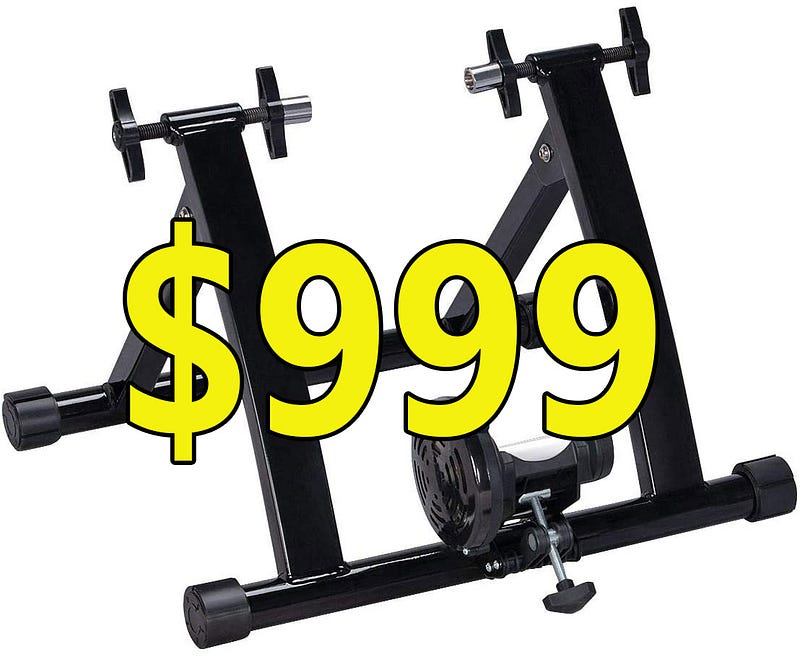
5. Subscribe (or borrow) a training app
Also whilst you are at it, get your favourite training software sorted, and these days that doesn’t have to be expensive. Several apps are less than $10/mo or entirely free. Its probably better to spend on a power meter and a dumb-trainer than a smart trainer and an expensive app. Did you know Zwift works with dumb trainers/spin bikes with *no power meter* based on virtual power like the Garmin speed and cadence sensor?

This raises the question of how much to do *indoors* over the winter. There is no simple answer, but a rule of thumb is if you cannot ride outdoors, then indoors is a fairly good substitute, but if you are training for a specific outdoor event then try and ride outdoors once a week if possible (or consider a training camp).
6. Redefine your Training Intensity
I already mentioned an 8% rule, but here I will suggest an 80% rule. Keep your winter training at 80% (+/-10%) of your usual summer training.
Let us take a practical example and apply this to your training hours (or if you wish training intensity TSS) for 3 or 4 months of the year (eg November, December, January).
If you were training 6hrs per week (or 60mins 6 times per week) in the summer then you could cut back to 1hr 4.5 days a week or around 45mins 6 times per week.
Of course this is very crude, a much more accurate way is to periodize your entire training year by training hours / intensity / days off. And we have done this work for you here: https://fft.tips/tpp
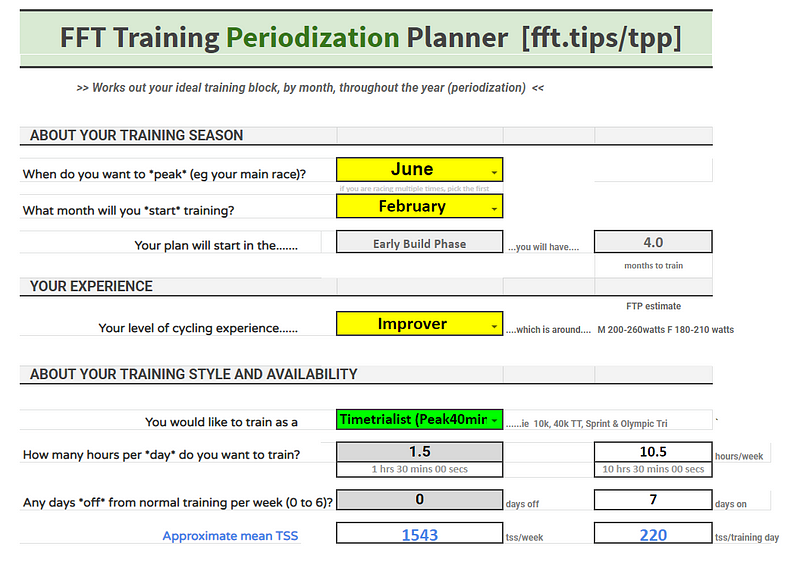
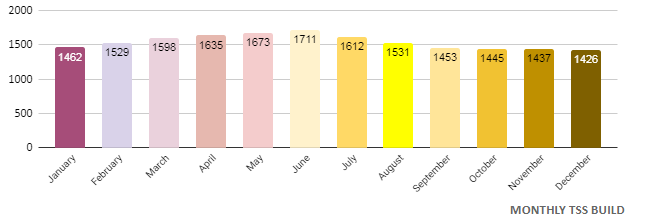
7. Ride Periodized in the Winter not all Base!!
I reviewed this evidence in detail here
I’ll save you some time.
Unless you are a beginner, you should always combine base with HIIT
This means you should ride polarized or pyramidal TID not 100% base to maximize training gains even in the off-season.
If you only ride base in the off season, you won’t have a very good on-season!
8. Set Small Regular Indoor Zwift-like Goals

Historically everyone hated cycling indoors. You know why: no sun, no wind, too hot, too sweaty, too boring.
Zwift pretty much changed all of that. And there is no denying it can be good training as I described in detail here in a previous blog. Zwift is heading toward 3million accounts. Er….that’s not 3mill users. Myself, I had had around 10 accounts, and I know someone with 50 accounts. Why, because it is (or was?) free with a new account. Nevertheless, these days almost everyone is on zwift and its growing, fueled by a complete glut of mind-dumbing ads funded by over-enthusiastic venture capital millions. Ironic for a platform that hopes to engage a previously hated indoor training, that they made some of the most boring ad campaigns ever seen.
Anyway my point is, you still need regular goals over the winter, and Zwift kind obliges. Team time trial for 30mins Cat D female only? sure no problem! MTB climb over Alpe D’Zwift for Cat A neopro? Sure of course! 100 riders over 100km in one huge blog-like peloton? That’s tonight at 9pm! Over 50s one-legged rider only alongside ex-pros from team telekom? Heck yeh, I already signed up!
Whatever your race appetite zwift has it. Except velodrome. They cannot find the pixels for a velodrome for some reason.
9. Have Fun
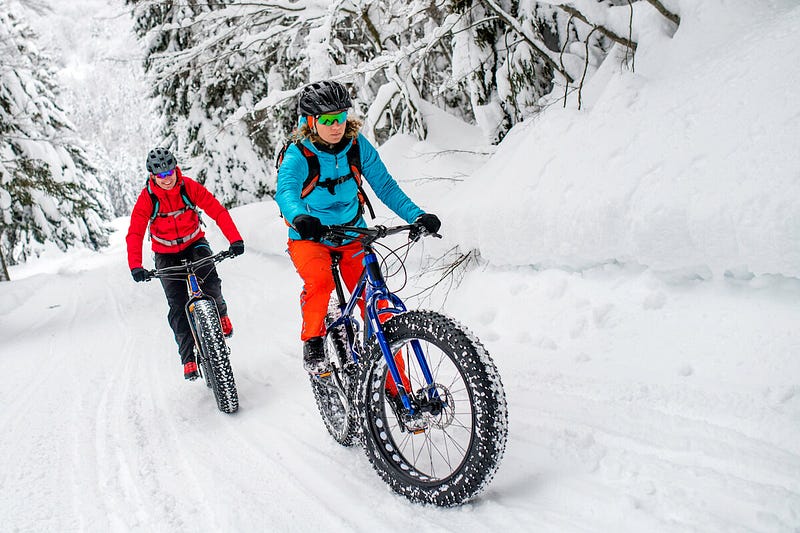
Winter can be miserable, but don’t let it! Keep positive! Have fun. Get out the fat bike, or MTB or ebike, or the fat MTB ebike and go explore. If you ride north of the UK you can ride in the snow. If you ride South of the UK, you can ride in the sun on half of winter days. If you live in the UK your screwed. Sorry about that!

Here I define a special miserable zone of the EU
10. Prepare for Spring
Last, and yes least, keep an eye on your spring goals. If your first new season race starts on March 1st, your shouldn’t really be on the beach Feb 28th!
Seriously, there are certain things that take time, such as getting comfortable and fast in the TT position, getting into a great climbing weight, riding 30mins without a coffee stop. You might need to train for these before Feb 28th 😂.
Summary
I can bring this altogether using the coach Simon Ward (simonward.co.uk) winter plan of “build a wall”. This wall will make your strong for the new season as follows:
A. Build your routine

B. Define suitable intensity
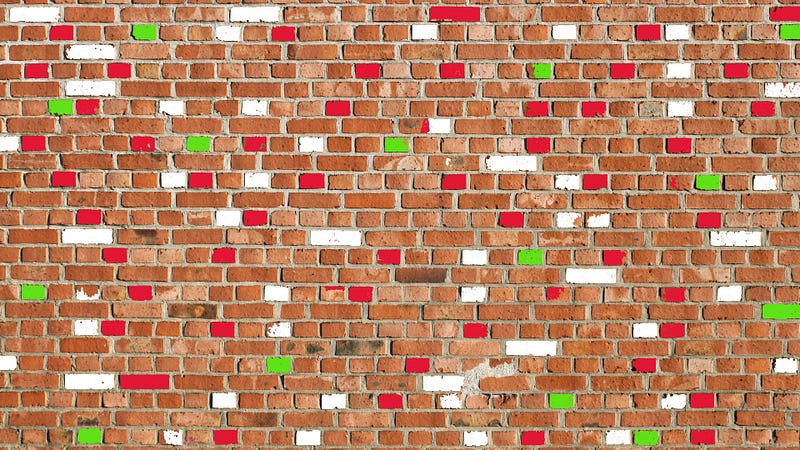
Finally, here is the explanation………………..and one way to do it which isn’t far off for most

